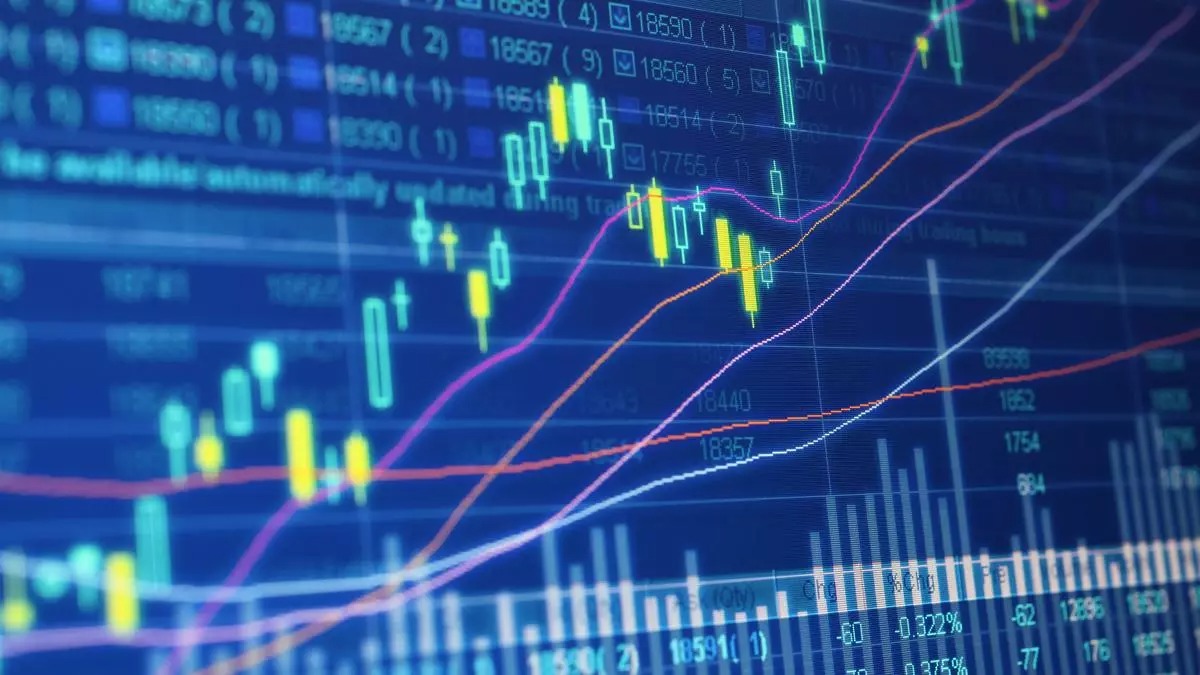Global stocks rose in jittery trading on Tuesday, as the uncertainty generated by the previous day's aggressive selloff weighed on investor sentiment, even though central bank officials said all the right things to soothe nerves.
The Nikkei's (.N225), opens new tab 10% rebound in Tokyo overnight delivered an initial sense of relief after the index's 12.4% drop on Monday - its biggest daily sell-off since the 1987 Black Monday crash.
European markets see-sawed, with the pan-regional STOXX 600 (.STOXX), opens new tab bouncing between a daily loss of 0.4% and a gain of 1%, while U.S. stock futures remained volatile. S&P 500 futures rose 1%, having veered towards the 0-level earlier, while Nasdaq futures were up 1.2%. The S&P 500 (.SPX), opens new tab lost 3% on Monday, while the Nasdaq (.IXIC), opens new tab slumped 3.43%, extending a recent sell-off as fears of a possible U.S. recession spooked global markets.
Yields on 10-year Treasury notes were back at 3.84%, having been as low as 3.667% at one stage. "If you wake up in the morning to discover that Japan is down 10-12%, it’s going to scare the daylights out of the sanest person in the world, so
it's understandable that people take flight," IG chief market strategist Chris Beauchamp said. "On the flipside, I think people got a bit carried away yesterday and it always seems very dramatic at the time," he said. "It’s normal to see weakness this time of year. The question is - was that enough to reset markets or is there going to be more?"
Federal Reserve officials sought to reassure markets, with San Francisco Fed President Mary Daly saying it was "extremely important" to prevent the labor market tipping into a downturn. Daly said her mind was open to cutting interest rates as necessary and policy needed to be proactive.
The dollar fended off a mid-morning bout of selling to rise 0.7% against the Japanese yen to 145.255, having touched a session low of 143.63 earlier on. It dropped 1.5% on Monday to as deep as 141.675. The yen has shot higher in recent sessions as investors were squeezed out of carry trades, where they borrowed yen at low rates to buy higher yielding assets. Analysts believe this unwind may not yet be complete.
"The yen has steadied, having pulled back from the highs made yesterday. And perhaps that is an indication that we’ve seen the worst of the carry trade unwind. Time will tell," Trade Nation senior market analyst David Morrison said. The dollar also rose against the safe-haven Swiss franc, up 0.4% at 0.8553 francs , while sterling , which often benefits from investor risk appetite, fell 0.6% to $1.269.
Treasury yields rose, partly in reaction to a rebound in the U.S. ISM services index to 51.4 for July, but in line with the shift across other markets on Tuesday. Benchmark 10-year notes were up 7.5 basis points to yield 3.8578%. Market expectations the Fed would cut rates by 50 basis points at its September meeting remained intact, with futures, opens new tab implying a 85% chance of such a move.
The market has around 100 basis points of easing priced in for this year, and a similar amount for 2025. In precious metals, gold rose 0.2%, holding in positive territory after a 1.5% decline the day before. It was last at $2,412 an ounce .
Oil prices were volatile as well. Concern about conflict in the Middle East potentially widening, which would normally boost the price, was partly offset by worries about the excessive volatility across the broader market. Brent crude futures were last flat at $76.63 a barrel, having hit a seven-month low of $75.05 the day before.










